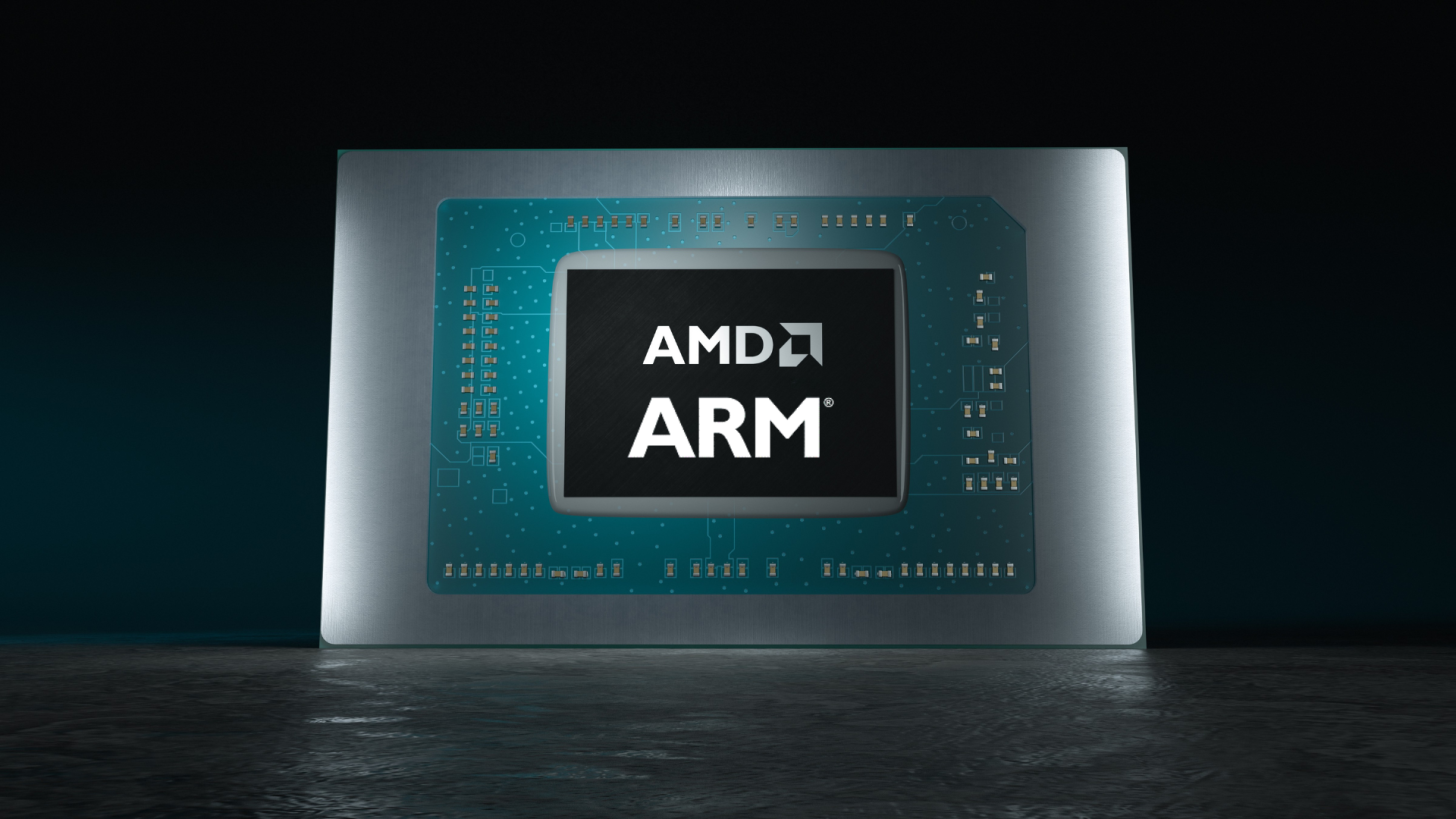Recently, some industry insiders broke the news that AMD is developing a mysterious processor - APU (accelerated processor) codenamed "Sound Wave", and said that it will be included in Microsoft's Surface product line in 2026.
With the blessing of advanced technology, the power consumption and performance have leaped forward
"Sound Wave" is scheduled for official release in 2026 and uses TSMC's state-of-the-art 3nm process. This is a remarkable breakthrough, considering that the 3nm node can deliver about 30% reduction in power consumption or 15% performance improvement compared to the previous generation of 5nm processes. With this process advantage, "Sound Wave" is expected to reach new heights in power control and performance density, especially for devices that are extremely sensitive to power consumption. It is primarily targeted at ultra-low-power devices ranging from 5 to 10W, and its target markets range from thin and light laptops to mini PCs and even embedded systems.
Unique CPU architecture that balances performance and energy efficiency
The CPU part of this APU adopts a heterogeneous design of 2 high-performance P-cores (Performance Cores) + 4 high-efficiency E-cores (Efficiency Cores), for a total of 6 cores. This configuration, which is unusual for low-power APUs, is an innovative attempt by AMD to balance performance and energy efficiency. High-performance P-cores provide powerful computing power for complex tasks, while high-efficiency E-cores take advantage of low power consumption for everyday lightweight tasks. Meanwhile, it comes with a 4mb l3 cache and up to 16mb mall cache. MALL Cache is similar to the Infinity Cache on AMD graphics cards, which improves memory bandwidth efficiency and brings a smoother experience to low-power devices.

Figure: AMD will launch ARM-based "Sonic Wave" APUs in 2026
The graphics processing is not weak and meets the needs of daily entertainment
In terms of graphics performance, "Sound Wave" has four built-in RDNA 3.5 architecture compute units (CUs). RDNA 3.5 is AMD's latest GPU technology, which has been unveiled in products such as Strix Point, and has a higher energy efficiency ratio and optimized ray tracing performance than RDNA 3. Although there are only 4 CUs, in the power consumption range of 5 - 10W, it is more than enough for light gaming and multimedia tasks. Games like the familiar League of Legends, or playing 4K videos, can be easily handled to meet the daily entertainment needs of users.
AI capabilities have been upgraded to keep up with the trend of the times
What's even more amazing is that "Sound Wave" integrates with the fourth-generation AI engine, which significantly improves machine learning performance. This means that it can not only handle everyday computing tasks, but also shine in emerging fields such as AI inference and edge computing. As AI technology becomes more widely used on a variety of devices, processors with powerful AI capabilities will become more competitive. Combined with the support of a 128-bit LPDDR5X-9600 memory controller and standard 16GB of memory, the bandwidth and responsiveness are ideally suited for the low-power devices of the future.
As AMD's first Arm-based APU, "Sound Wave" marks another bold attempt by AMD beyond x86. In the current market, Apple's M-series chips have occupied a place in the thin and light market due to their excellent performance and energy efficiency ratio, and competitors such as Intel's Lunar Lake are also making continuous efforts. Some industry insiders speculate that AMD's "Sound Wave" may be a "killer feature" against these competitors. It remains to be seen if it can be successfully released in 2026 and do well in the market.






